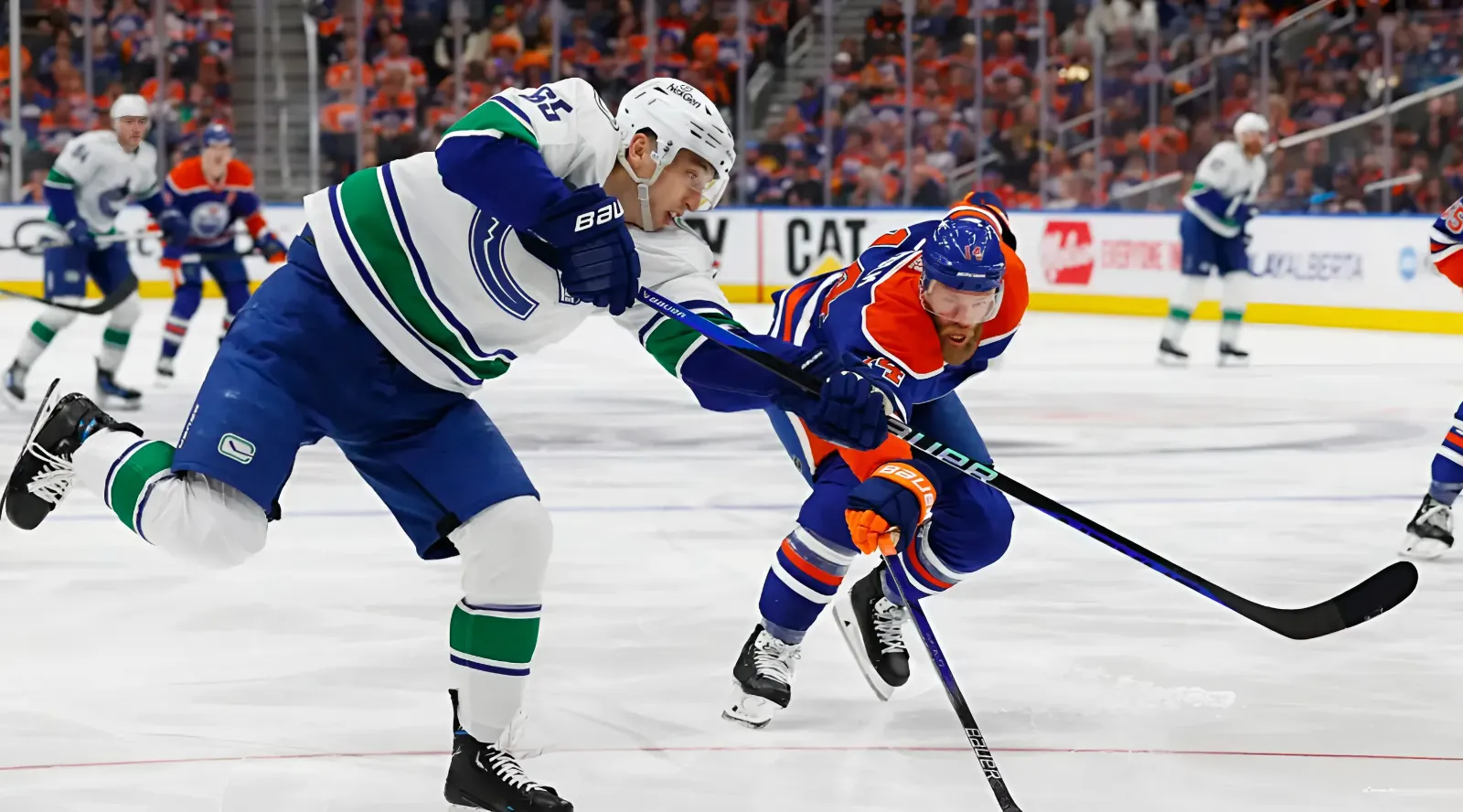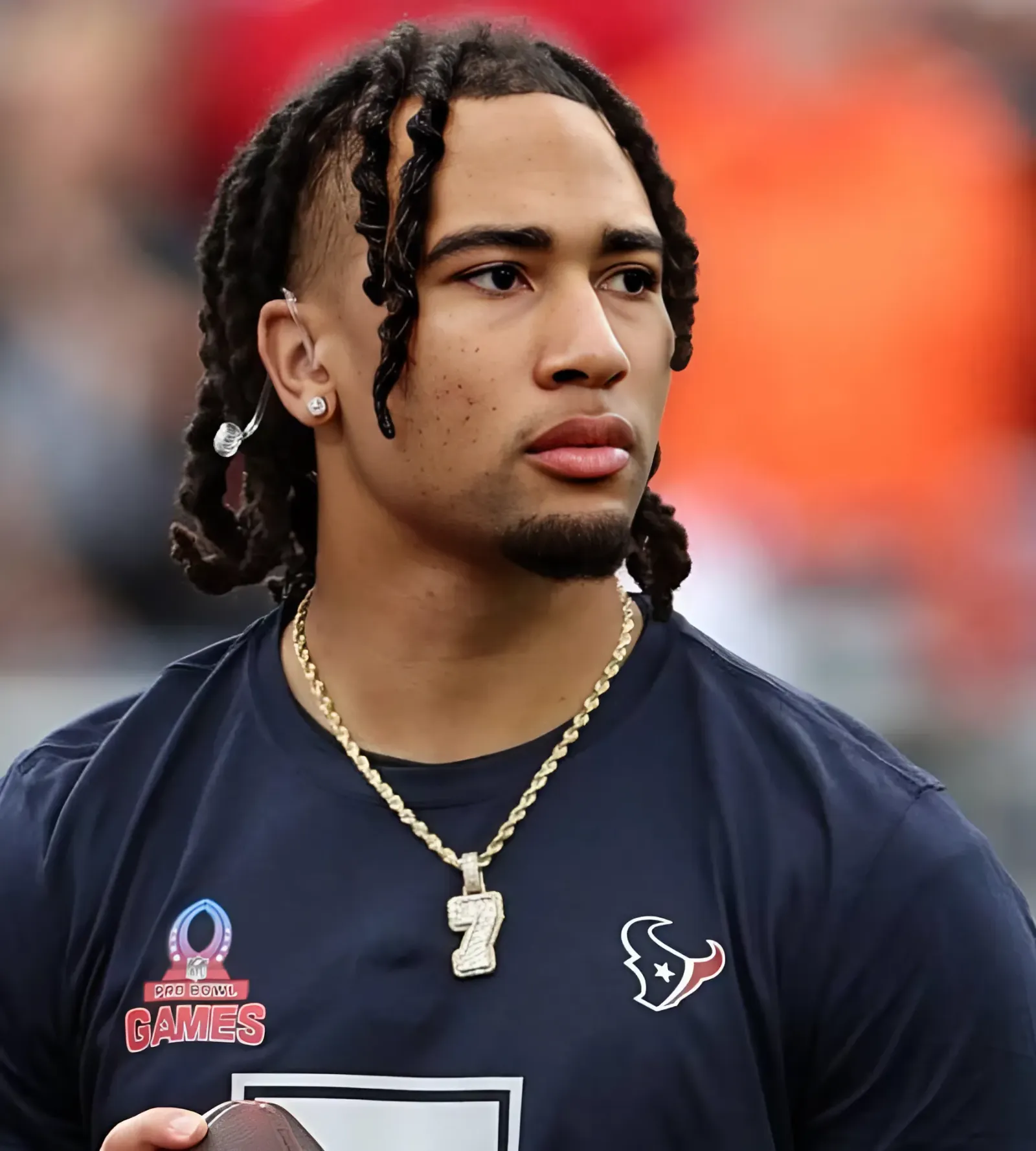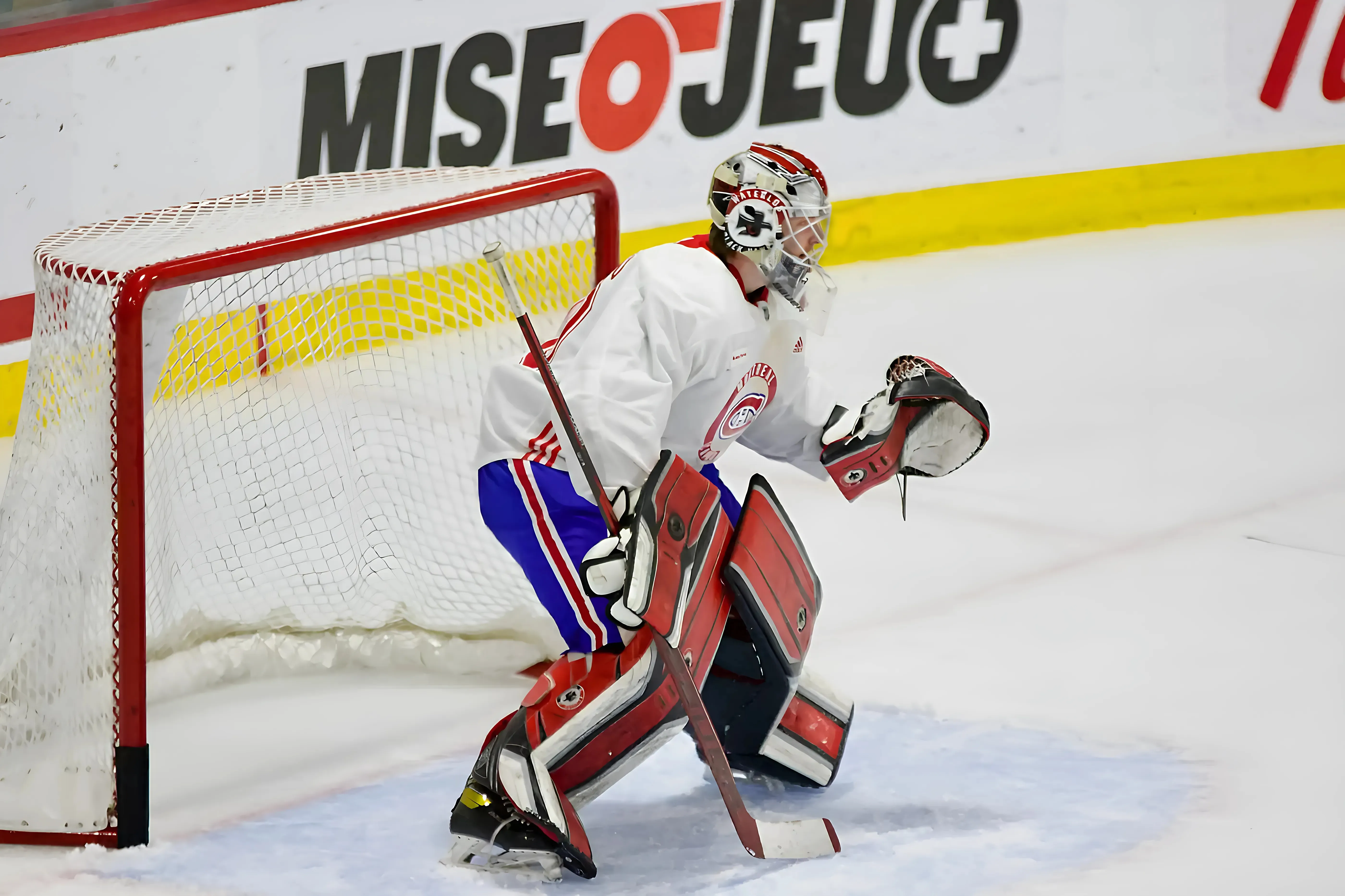Marie-Philip Poulin couldn't find enough positive things to say about her experience in Year 1 of the Professional Women’s Hockey League, even though she had to work through a malfunctioning microphone to express it.

Montreal’s captain winced as a staticky, distorted noise echoed through the speakers during her team’s end-of-season press conference at the Verdun Auditorium on Friday, unable to finish answering her first question before the faulty mics were whisked away.
But for Poulin, that’s just a minor kink the PWHL needs to work out after an inaugural season to remember.
“This thing has been amazing, and it's just going to keep growing,” Poulin said. “Obviously it’s Year 1. Like with these mics, there's going to be work to be done, but I think it's just going to get better in Year 2, that's for sure."
Montreal’s playoffs ended in heart-wrenching fashion Tuesday night with a third-consecutive overtime loss to Boston, which swept the best-of-five semifinal series.
After losing the first two games at home, Montreal led 2-0 on the road in the third period of Game 3. Boston then scored twice — including a short-handed equalizer from Amanda Pelkey with 3:43 remaining — to force overtime before Susanna Tapani buried the winner.
Three days later the devastating playoff exit still stung for Montreal’s players, but that didn’t stop them from positively reflecting on a special season in the first-of-its-kind women’s pro league.
"It's been absolutely incredible. It's far exceeded all of our expectations,” forward Laura Stacey said. “We knew the product was there. We knew people wanted to be a part of it, wanted to see it. But I don't think we ever dreamed or believed that it would be to this extent.”
Montreal sold out venue after venue and played in front of record-breaking crowds all season, including a women’s hockey high-water mark of 21,105 fans at the Bell Centre on April 20.
General manager Danièle Sauvageau said the demand in Montreal was so high this year she couldn't run errands without being hounded for tickets.
"When I do my groceries, (people) come to me and say, 'Madame Sauvageau we need tickets,'” she said. “I say, 'just hold on, maybe I have one in my little pocket here.'
“It's unbelievable to have that.”
Montreal drew 9,135 fans at the 10,000-capacity Place Bell in Laval, Que., for Game 1 of the playoffs before 10,172 filled the stands in Game 2. Toronto also sold out its first two games at Coca-Cola Coliseum.
Meanwhile, Boston and Minnesota only drew an attendance that hovered around 3,000 for their playoff games, sparking some discourse about the interest in the league north of the border.
Poulin said those games don’t represent the bigger picture of the league’s success this season, noting factors like the location of Boston’s arena outside of the city and the fact the NHL's Bruins played a Stanley Cup playoffs game the same night, albeit on the road.
"I don't think you can take those two moments and put a stamp on this league that it's not working,” Poulin said. “The fans are going to come. They will come, they have come and it's been amazing. And obviously in Boston, Minnesota, people are there for them as well.
“We truly played in Minnesota when there were 13,000 people in the stands. We’ve played in Boston when it was packed.”
Stacey, much like Poulin, quickly rejected the notion that the league is heading anywhere but up in the next year.
“This league is on the up, and it's not going anywhere,” Stacey said. “It's Year 1 and there's plenty more years to come, and I think it's definitely trending in a really positive direction.”
Asked what she thought the PWHL could improve in Year 2, Stacey didn’t have an answer because the league’s standard was so much higher than what players have been used to.
"Even a small bump on the road of one meal maybe that wasn't your favourite, at the end of the day we're having meals now,” Stacey said. “Everything far exceeded anything that we've had before and so it's hard to see those little blemishes.
“It was a dream come true and there's not too many things that I would change.”
Other players noted the travel efficiency and the consistency of the officiating as things that could improve.
The PWHL was lauded this season for increasing the physicality in women’s hockey, but with that came constant confusion over where referees drew the line.
"One thing we've been talking about is just the standard of play in terms of officiating, I feel like that will get cleaned up in the off-season," defender Amanda Boulier said. "The physicality was a welcomed addition but just cleaning up what the standard of play in terms of stick infractions and what's being called game-in and game-out."
Sauvageau says the PWHL has a strong foundation to build on after Year 1.
"Our foundation is very strong, now it will be about refining, maybe changing the colour of the walls — there may be things that need to be a bit darker, a bit lighter,” she said. “Next year the slogan, in a way, will be to continue building."



